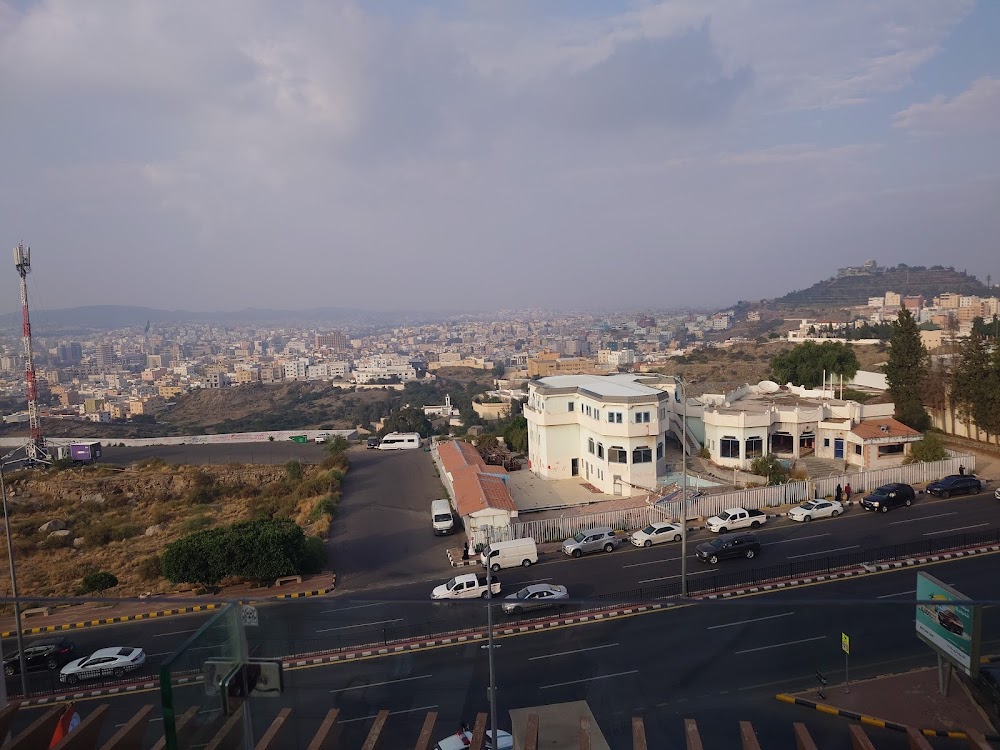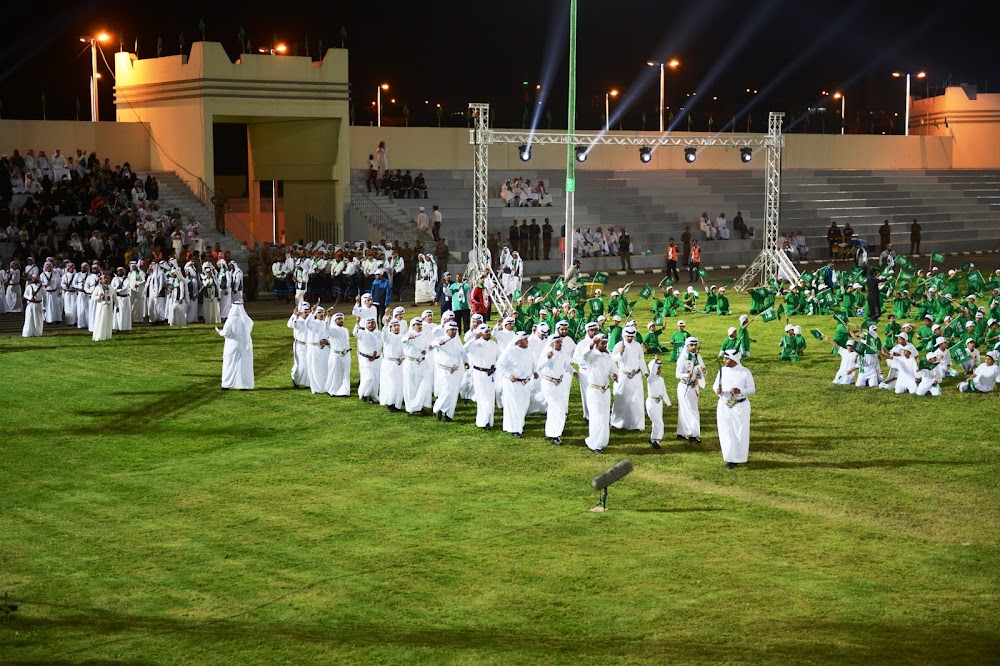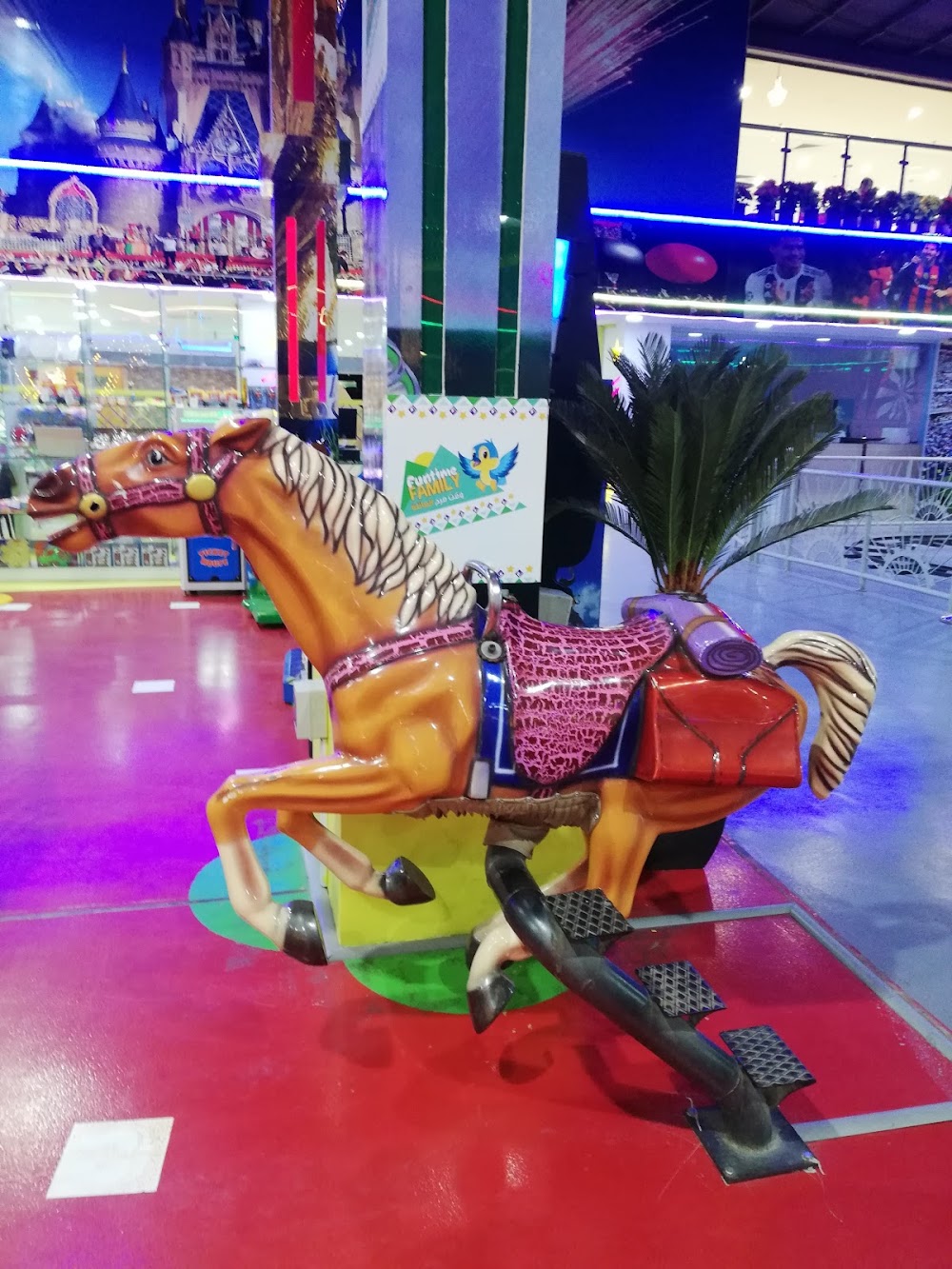Shada Palace (قصر شدا)
Overview
Shada Archaeological Palace: A Historical Beacon in 'Asir
Shada Archaeological Palace, commonly known as Shada Palace, is a remarkable historical landmark nestled in the heart of 'Asir, Saudi Arabia. Constructed in 1927, this architectural gem originally served as the residence for the governor of 'Asir, as well as a hub for administrative affairs. Its establishment marked a significant chapter in the region's history, symbolizing political stability and showcasing architectural ingenuity that resonates with visitors today.
Craftsmanship and Materials
The design and construction of Shada Palace were meticulously orchestrated by skilled local craftsmen, who utilized traditional building materials that reflect the rich heritage and natural resources of 'Asir. Stone and mud, both abundantly available in the area, were primarily used in its construction. These materials were not only chosen for their accessibility but also for their exceptional insulation properties, crucial for withstanding the region's harsh climate.
Architectural Style
The architectural style of Shada Palace represents a stunning fusion of traditional Arabian aesthetics interwoven with local influences. Visitors will be captivated by the intricate details, including ornate wooden carvings and geometric patterns that epitomize Islamic art. The grand entrance features large wooden doors adorned with intricate designs, vividly depicting the cultural richness of the era.
Distinctive Structure
One of the palace's most distinctive features is its layered structure, comprising multiple floors designed for specific functions. Each level was strategically allocated, housing living quarters for the governor and his family, areas for official meetings, and designated spaces for servants and guards. This hierarchical arrangement fostered efficient operations and streamlined the administrative duties of the palace.
Interior Design
Inside, Shada Palace boasts an array of spacious rooms that reflect the socioeconomic lifestyle of the early 20th century. High ceilings serve as a practical solution for mitigating heat, while the walls are adorned with traditional motifs and niches that not only enhance the aesthetic appeal but also serve functional purposes, such as housing lamps or decorative items.
Restoration and Preservation
Over the years, Shada Palace has undergone several restoration efforts to preserve its historical and cultural significance. Acknowledging the palace as a vital cultural asset, the Saudi government has initiated projects aimed at maintaining its structural integrity and aesthetic charm. These restoration efforts have successfully retained the palace's original allure while integrating modern conservation techniques.
A Window into the Past
Today, Shada Palace operates as a museum, inviting visitors to immerse themselves in the historical richness of 'Asir and Saudi Arabia as a whole. The museum showcases a diverse collection of artifacts, photographs, and documents that provide insights into the administrative, social, and cultural life in 'Asir during the early 20th century. Guests can wander through various rooms and corridors, gaining a glimpse of the past through thoughtfully curated exhibits.
Educational Resource
In addition to being a popular tourist attraction, Shada Palace serves as an invaluable educational resource, enlightening both locals and visitors about the architectural marvels and historical narratives of the region. The preservation of Shada Palace stands as a testament to the importance of safeguarding cultural heritage, acting as a bridge between the past and the present.
A Symbol of Cultural Legacy
Shada Palace is more than just a building; it embodies the rich history and cultural legacy of 'Asir. As you explore its walls, you can trace the story of a region that has navigated through time, preserving its essence while embracing the future. A visit to Shada Palace promises not only an enriching experience but also a profound appreciation for the cultural tapestry that defines this unique part of Saudi Arabia.







